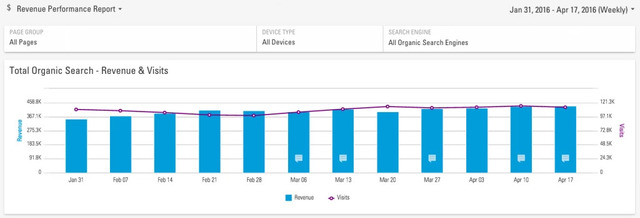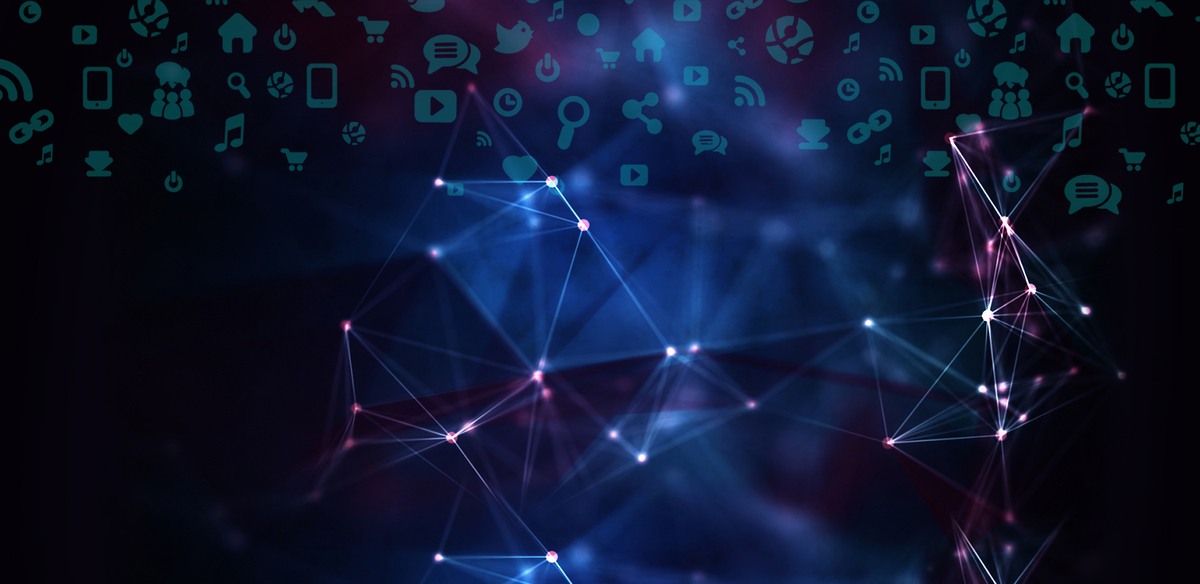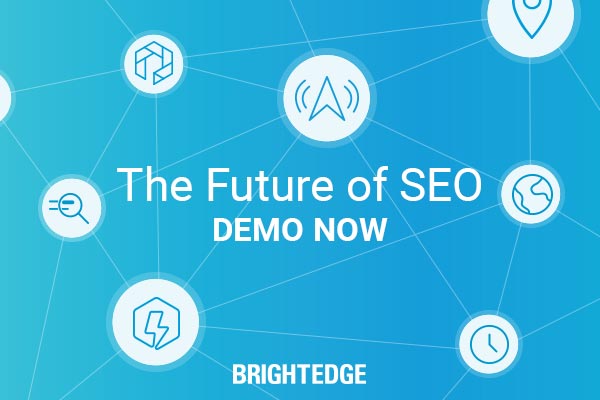Before customers make a purchase, they progress through a marketing funnel - a process that involves moving from the initial contact with a brand to becoming a paying customer. This path has changed and adapted with consumer buying habits. For example, the growth of the Internet has driven a considerable amount of the research, consideration, and buying process online. It also shifted control of the early stages of the marketing funnel into the hands of the customer.
The better brands are able to understand this buyer’s journey and design their content and website to meet the needs of these customers, the easier it will be to capture leads and move people closer to conversion.
Value of the marketing funnel
It is important to remember that customers have much more control over the sales process compared to just 20 years ago. The average customer gets 67% of the way through the sales cycle with digital media, and some may be as far as 90% of the way through the marketing funnel before they even contact a sales rep. This significant change means that it is more important than ever before for brands to understand how to engage with their customers online and offer them the information they seek. When you are their trusted resource, they will develop a relationship with you and progress to the point of contacting you or offering their information so that you can contact them.
Your understanding of the marketing funnel is central to this process. The better you understand the progress that your customers are making on your website, the better you will be able to tailor your content and user experience to meet their needs. You will have insight into their decision-making process and what they need to see from you that will influence their choices.
You want to map your ideal customers to the marketing funnel so you can better personalize the content you produce and the site you create. When you can sit down and create a piece of content for a particular person at a precise stage in their buying journey, you will have the most success in engaging them and encouraging them to view your business as a trusted authority. This will be a positive outcome to include in your SEO reports.
As you develop your content, it is important to continually monitor its performance so you can have a better understanding of what motivates your customers to move from one stage of the marketing funnel to the next. At BrightEdge, we offer customers tools like Page Reporting and StoryBuilder, which make it easy to see exactly how an individual page - or a group of pages - are performing and how that performance impacts brand goals.

Awareness stage
This is the first stage of the marketing funnel. Customers here are new to your site and brand. They have just realized that they have a particular problem that needs to be solved, and they are investigating possible solutions and learning about the industry. Keep in mind that the majority of the people who land on your website are going to be at this stage. This means that while producing more specific, branded content for the later stages is important, you want to produce the majority of your content to tailor to these early stages.
Content at this stage will often revolve around blog posts, infographics and similar forms of content that appeals to broad audiences. Along the same lines, you will want to make sure your keywords appeal to a range of people. Use keyword research, such as the BrightEdge DataCube tool, to uncover keywords that have a high search volume and also appeal to your intended persona. Then use these keywords to construct articles built around providing value and introducing visitors to the potential offered by your company.

Consideration and Evaluation stages
As customers move on from the awareness stage, they enter the consideration and evaluation stages. At this point, customers have gained a basic familiarity with the industry and possible solutions to their problem. They are now interested in asking questions that are more specifically oriented towards the technology and services you offer. They are also more interested in learning about particular brands.
With this in mind, you want to produce content that creates a more specific, branded experience. You might explain how your products can help them or create educational materials geared towards teaching them about your industry. Content that is the most successful at this stage often involves material such as webinars, ebooks, product demonstrations or white papers.
Decision stage
These customers are now ready to make their final decision about the brand and product they will purchase. They want to make sure that they have selected the best possible option. Your content should be geared towards helping these people understand why your brand is superior to your competition.
The keywords at this stage are likely going to involve you versus a competitor and similar terms that will allow them to narrow down their search. You want to develop content that helps them cement their preference for your brand. Tutorials, consultations, and free trials are all fantastic for customers at this stage.
Note, however, that while it is tempting to focus your efforts on these customers, they will likely be one of the smallest percentages of people who land on your website. While your decision-stage content should be easy-to-find and navigate, it should not comprise the majority of the material available on your site.
Retention stage
Although these customers have already made a purchase, they remain very valuable for your business. You want to make sure that they have a positive experience with your brand throughout their transaction. This will build brand loyalty and encourage repeat customers. When you consider that a returning customer will spend 67% more than a new one, the value of building a loyal base should be clear.
The keywords and content for this stage should focus on helping people better understand your products and services. You can offer tips and insights through blog posts, videos or newsletters. Your keywords should generally be product or brand specific.
The better you understand the marketing funnel and the process that your customers go through before they make a purchase, the easier it will be to create the content they want to see that will help convert them. Take the time to align your ideal customer personas with their marketing funnels and create a clear diagram of the content that will best serve them each step of the way.
Content Best Practices
Check out a recent report on creating content for different stages of the marketing funnel: A New Era of Content. The paper is based on industry research by BrightEdge and iProspect, it packs a number of content and online marketing best practices into 20 short pages.


